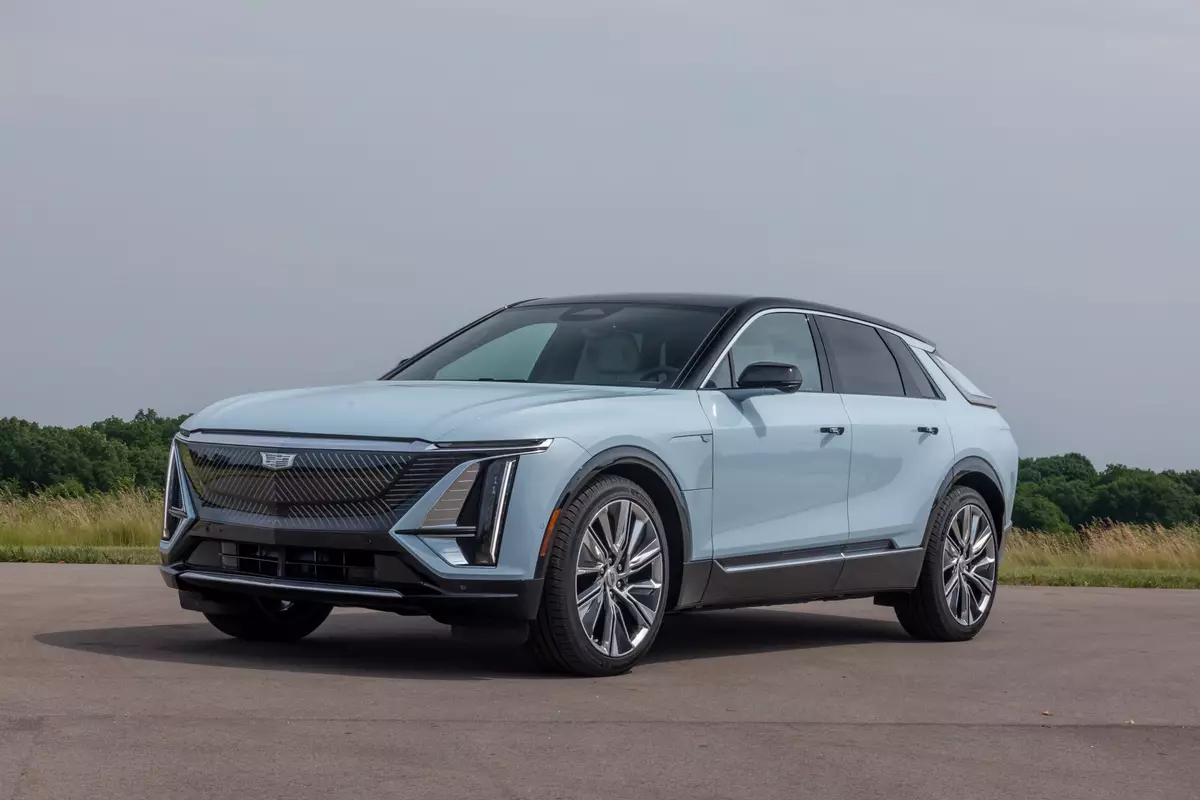The Morning Call and Mcall.com's view
A conversion van – you know those big brightly colored and striped vehicles with large tinted windows (usually with shades on the inside) and a ladder leading to the roof – can offer all the conveniences and comforts demanded by the couch potato when leaving home.
Yes sir/ma’am, a real rolling living room, complete with easy chairs, a backseat that folds out into a bed, table, soft lights and a television – all proving that long-distance traveling need not be confined to breaking up the kids’ fights or getting out every so often to stretch.
Those entering a conversion van for the first time usually express two emotions: surprise and awe.
The surprise is for all that is contained within this box-like structure, and the awe is for how cleverly it is all done up.
Conversion vans – customized versions of factory vans supplied by outside manufacturers – became increasingly more popular as big station wagons and big cars became smaller. And there are a number of reasons for this. To name just a few, they can provide lots of room and comfort to large families, supplement or replace the traditional company limo and/or offer individuality and style.
The test vehicle (supplied by Scott Chevrolet, Lehigh Street, Allentown) began life as a Chevy G20 (three-quarter ton) van. It was customized by U.S. Conversions into its Enterprise model, the second most luxurious model offered by this Elkhart, Ind., firm. It is estimated there are about 200 conversion van companies in the country. Some vans are good, some are bad, and some are ugly. U.S. Conversions, according to Scott, is a good one and has been converting vans for the local dealership for several years now without problems.
The Enterprise does not come equipped with Captain Kirk or Mr. Spock, but it does offer many other touches, such as solid oak trim, deep pile carpeting, window shades, pedestal table, First Alert Monitoring System, stereo system with many speakers, earphone jacks, nine-inch color television, four captain chairs, sofa/bed, drink caddies, rear-lighted storage area with clothes rack, indirect lighting and an overall feeling of luxury and well-being.
Although it has a sofa/bed, the Enterprise is not a camper. It is roomy and comfortable highway transportation. It is a way to get the family to a vacation site but not a vehicle to live in while there. The Enterprise also would be a neat way to get some friends together and head for Happy Valley for some tailgating. (It really hasn’t a tailgate, but tailgating is not what it used to be either.) And if someone just likes the way it looks and wants to drive it around town, there’s no law against that either.
Basic dimensions of the G20 include a wheelbase of 125 inches, length of 202.5 inches, width of 79.5 inches and height of 78 inches. The rear doors have a height of 48 inches and open to a width of 54 inches. The swinging side door i s also 48 inches high and opens to 47 inches. The floor length from rear doors to front console/engine cover is 142 inches. This all adds up to a tall, wide and long box, waiting to be stuffed with all materials and equipment of the conversion.
Driving this van, as with other vans, is no big deal, but it does take a little more concentration and a good deal more judging. Forward visibility is excellent. The driver sits high and has a command of all that lies ahead. Although there is plenty of glass area on the side, the driver does have to rely heavily on the side-view mirrors because of shades, seats and passengers. If the clothes rack isn’t loaded across with garments, there is a limited amount of rear window visibility. But again it would probably be better to also use the side-view mirrors.
The test vehicle was not as difficult to drive (as far as judging distance goes) as windowless van, but then nothing is. About the most annoying aspect of drivingt e test vehicle was having the passenger-side mirror ”bumped” out of setting. Because this mirror is necessary for passing, parking or just tooling down the highway, it meant (if there wasn’t a passenger) getting out and readjusting it. This, however, is a common problem for van drivers and one that you have to live with.
Once moving and on the open road, the test vehicle handled very well – for a van. That is, there is a bit of a roll on tight turns, and it takes just a shade longer to react because of the long wheelbase. Again, nothing unusual here, but it does take a slightly different driving approach. The front coil spring independent suspension and the rear live leaf spring set-up did a good job of keeping everything under control. The ride is somewhat firm but not at all truck-like. It’s more like a passenger car with a heavy-duty or sports- suspension option.
A loaded-down conversion van should have a large enough engine to prevent it from being doggy. Fortunately, the test vehicle was equipped with Chevy’s excellent and very familiar 350-cubic-inch V-8. With this country’s brief brush with the metric system, the engine also is known as the 5.7-liter. But with either measurement, this engine is rugged, reliable and roaring with torque. And as we all know, it is big torque, not necessarily big horsepower, that pulls the heavy loads.
The electronic fuel injected 350 V-8 is rated at 195 horsepower at 4,000 rpm and 290 foot pounds torque at 2,400 rpm. Without even knowing the figures, all one has to do to realize how much power is on tap is to tromp on the accelerator pedal. It may not smoke the wheels, but it certainly can squeal them. As with all large displacement V-8s, power is across the board and never lets up.
And this brings us to another use for the test vehicle. It also can make an excellent tow vehicle. Hitch up that camping trailer or boat and head for the open road.
The enginewas matched to a four-speed automatic transmission that requires no effort or thought. Just put the lever in OD, and it knows what to do. Under certain conditions and while trailering, you might want to shift it into a lower gear, but this doesn’t take a great deal of skill either.
With an engine this size and a vehicle this large, it would not be a wild assumption to figure fuel mileage is not going to match that of an economy car. The fourth gear in the transmission, fortunately, helps to stretch out highway mileage somewhat. The test vehicle averaged 15 miles per gallon over highways, which isn’t bad – all things considered. Even with this mileage, though, the G20/Enterprise has quite a range because of its 33-gallon fuel tank. It also takes a bit of pumping, not to mention money, to fill it up.
When all is said and done, you usually get what you pay for. Obviously, the G30/ Enterprise is not cheap. But, depending on how you look at it, it is not unreasonab le either. The test vehicle had a bottom line of $26,299. The G20 part of the package came to $15,531, while the conversion had a price tag of $10,768. As far as equipment goes, mention it and there’s a good chance it had it.
The vehicle is covered by General Motors’ 6-year/60,000-mile powertrain warranty and 6-year/100,000-mile outer-body rust-through protection. In addition, U.S. Conversions backs its part of the vehicle by a 12-month/12,000 -mile warranty.
Latest news



